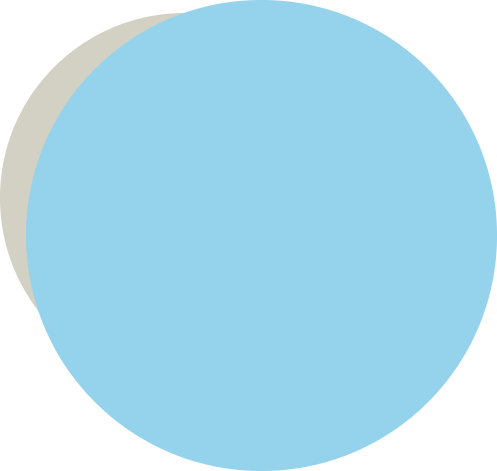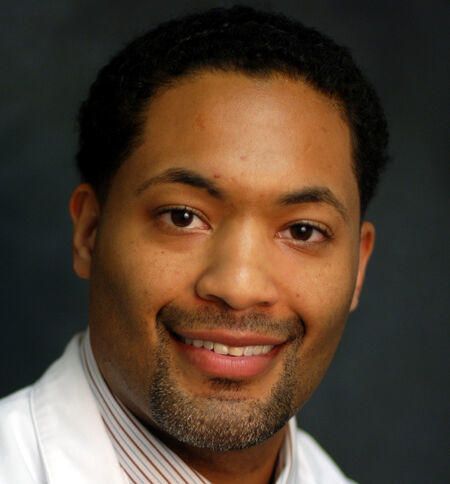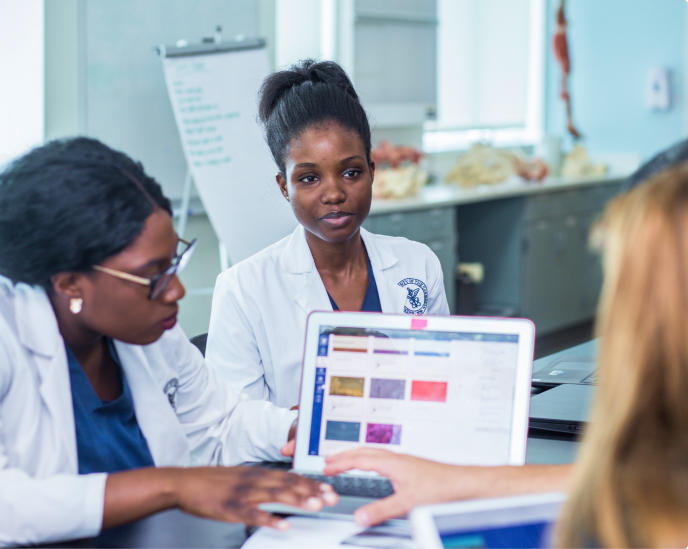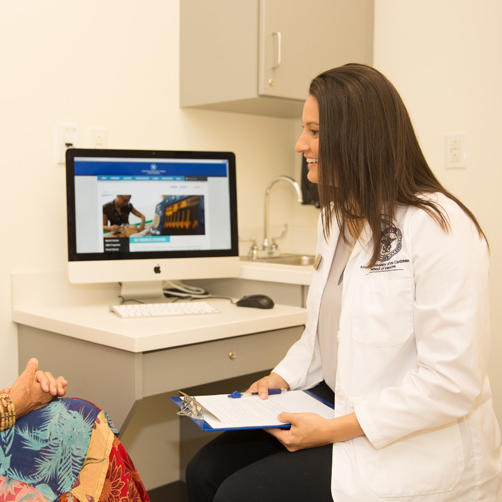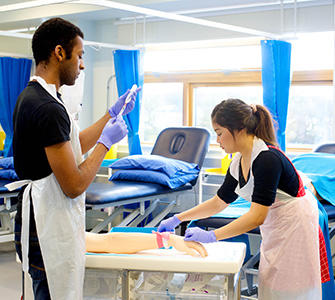Most of us have had the experience of being sidelined by an injury or other condition at some point in our lives. Whether it’s a sprained ankle, arthritis, or a chronic back problem, the pain can be excruciating. Even worse, such conditions can limit our ability to take part in the things we enjoy—even in the central activities of our daily lives.
When you’re in pain, you want to feel better. But you also want to get back in the game—back to those activities that make life possible and those that give it meaning. Getting you back into action is the job of the physiatrist.
Physiatrists have one of the most vital jobs in all of medicine. Yet few people even know what a physiatrist is. This article will discuss what a physiatrist is and what physiatrists do. It will also explain how to become a physiatrist.
WHAT IS A PHYSIATRIST
A physiatrist is a medical doctor that specializes in physical medicine and rehabilitation. This specialty is often abbreviated PM&R, and physiatrists are sometimes called PM&R doctors.
Physiatrists treat problems of the musculoskeletal system. This system includes the bones that support the body, the muscles that move the body, and the connections between them. Physiatry also concerns the parts of the nervous system that control body movements and register pain. In all, physiatrists treat conditions affecting the bones, joints, and ligaments; the muscles and tendons; and the brain, spinal cord, and nerves.
The conditions treated by physiatrists may be caused by injury or illness. They frequently involve pain, and pain management is an important part of physiatry. However, physiatry is not just focused on pain management. Treatment is also intended to restore function. For this reason, physiatry is sometimes called rehabilitation medicine.
WHAT DOES A PHYSIATRIST DO?
Physiatrists see patients suffering from some combination of pain and lack of mobility or function. These problems may result from injury, illness, disability, or chronic conditions.
Many people see a physiatrist after suffering a sports injury, including tendonitis, stress fractures, or even a concussion. Others may have mobility problems related to aging. Many physiatrists are involved in the treatment of chronic back pain. A physiatrist may also help a person to recover mobility and function after major surgery, including joint replacement, organ transplant, or open-heart surgery.
The first goal of the physiatrist is to properly diagnose the patient. A patient visit begins with a physical examination and a review of the patient’s medical history. The physiatrist may order and analyze tests to develop or confirm a diagnosis. Magnetic resonance imaging (MRI) and X-ray examinations enable the physiatrist to see what’s going on inside the body. Other tests include electromyography (muscle conduction) and nerve conduction studies.
Once the problem has been diagnosed, physiatrists treat it using primarily physical means. These include physical therapy and medication.
Active physical therapy involves the performance of physical therapy exercises. Such exercises are designed to heal and strengthen the body. Passive physical therapy may include the application of heat, ice, pressure, or massage to various parts of the body. Physical therapy is often prescribed by a physiatrist but administered by a physical therapist, occupational therapist, or massage therapist.
Medication can help to bring pain under control, enabling the patient to participate in rehabilitation exercises and life activities. Pain-killing medication may range from prescription pills to injections, epidurals, and joint blocks. Epidurals and joint blocks are used to block the sensation from a specific joint or a major part of the body.
Physiatrists may also prescribe the use of assistive devices. Such devices include a variety of wearable supports called orthotics and braces.
Physiatrists generally do not perform surgery. However, a physiatrist may consult with an orthopedic surgeon or other specialist if a patient’s condition requires surgical intervention.
The goal of physical medicine and rehabilitation is to restore normal function and improve the patient’s quality of life. This generally requires the physiatrist to look beyond one problem area or injury, instead adopting a “whole body” focus.
MEET A PHYSIATRIST
Brandon Snead, MD, a 2009 graduate of American University of the Caribbean School of Medicine (AUC), is the Medical Director at Nevada Sports and Spine. We asked Dr. Snead to describe the role of a physiatrist.
Q: Why did you decide to go into your specialty?
A: I chose Physical Medicine & Rehabilitation/Sports Medicine because I love working with patients with significant impairments such as amputation, spinal cord injury and traumatic brain injury. It is rewarding to help them become more independent and to accomplish their goals. I feel the same way in rehabbing sports injuries to get athletes back onto the field.
Q: Any advice to medical students considering the specialty?
A: Definitely set up a clinical rotation to get first-hand experience. You can also shadow a PM&R physician prior to starting clinicals or if you have a week or two of break.
Q: What’s the most rewarding part of your job?
A: Patients giving feedback and thanks for helping them get back in the game or back to their lives.
EDUCATION NEEDED TO BECOME A PHYSIATRIST
The road to becoming a physiatrist begins with a four-year undergraduate degree from a college or university. Students who know they wish to pursue a career in medicine may choose to major in pre-med, a course of study designed specifically to prepare them for medical school. However, a variety of majors may be adequate so long as the student’s education includes college-level mathematics, biology, chemistry, and physics.
A physiatrist’s education continues with four years of instruction at a quality medical school, such as the (AUC) . Medical school education includes in-depth studies of anatomy and physiology, along with such subjects as histology (the study of tissues) and pathology (the study of disease).
After completing four years of medical school, the aspiring physiatrist graduates with a Doctor of Medicine (MD) or Doctor of Osteopathy (DO) degree. Like physical medicine and rehabilitation, osteopathic medicine emphasizes a whole-body focus and physical treatment. As a result, there are more DOs in this specialty than in any other.
After medical school, a physiatrist must complete four years of residency, practicing medicine under the close supervision and tutelage of trained professionals. The first year is spent learning internal medicine, a broad specialty that involves treating problems of the body’s interior. The remaining three years are spent specializing in physical medicine and rehabilitation.
The final step to becoming a physiatrist is passing a board certification examination, such as that offered by the American Board of Physical Medicine and Rehabilitation. In all, it takes about 12 years to become a physiatrist.
YOUR CAREER AS A PHYSIATRIST
Physiatrists work in a wide variety of workplaces. They may work in private practice, outpatient clinics, hospitals, clinics alongside sports medicine doctors, or surgical facilities. Physiatrists also treat a wide variety of patients, including young people suffering sports injuries, older people dealing with the effects of aging, and people of all ages suffering chronic conditions that limit mobility.
Physical medicine and rehabilitation offers a favorable work-life balance compared with many other specialties. Physiatrists often see patients during normal office hours. They are less likely than other specialists to receive emergency calls on nights or weekends.
A physiatrist works not only to make patients feel better but to improve their daily lives. As a result, physical medicine and rehabilitation can be a particularly rewarding specialty.
The job outlook for physiatrists is favorable. The U.S. Bureau of Labor Statistics expects jobs for physicians and surgeons to grow by 4 percent through 2029. Factors driving demand for physiatrists include an aging population. An increase in disabilities among service veterans is also driving demand for physical medicine and rehabilitation.
Are you interested in a rewarding career helping people get back on their feet and back in the game? Now that you know how to become a physiatrist, begin your journey with an application to the AUC College of Medicine.
Related Resources:

